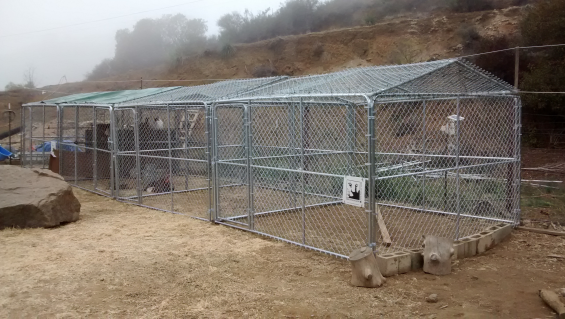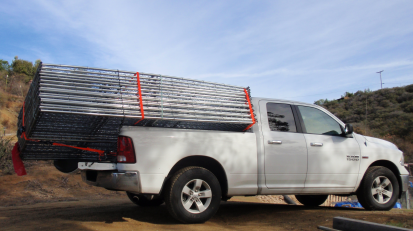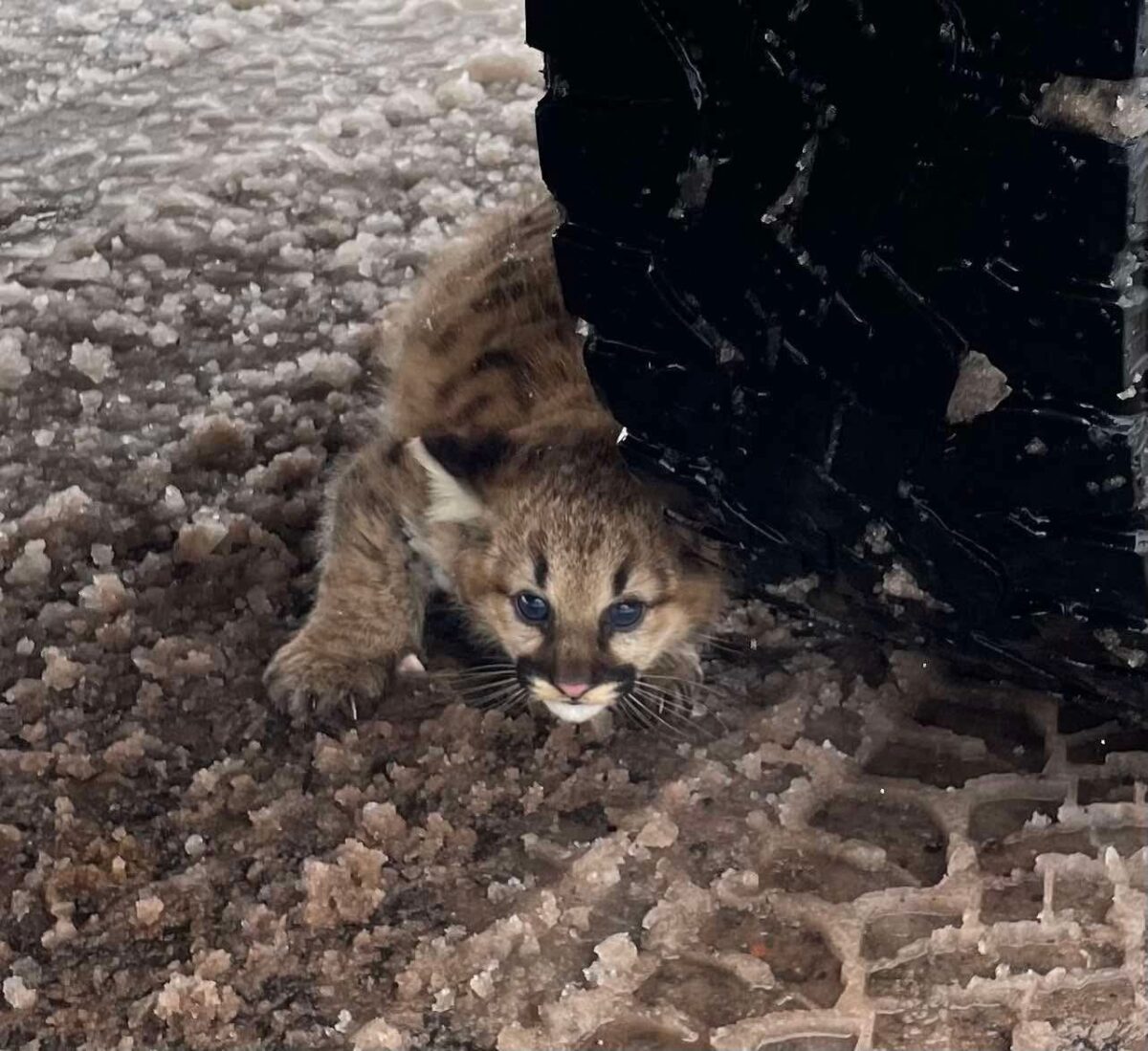 P-45 the Mountain Lion – UPDATE!
P-45 the Mountain Lion – UPDATE!
Over Thanksgiving weekend 2016, a rancher north of Malibu, CA lost 11 alpacas to depredation and P-45 stood accused of the deed. The Mountain Lion Foundation’s 12/04/2016 article tells the story here.P-45 continues to be known and loved by many as one of the few mountain lions who survive in the Santa Monica mountains despite encroaching roadways and ranchettes with livestock and pets that increasingly pop up in his dining room, the territory he calls home. The issuance of a depredation permit to kill P-45 sparked outrage and emotions ran high as many people fought to save this beloved lion. In the end, the rancher left the depredation permit unfulfilled and P-45 alive, while agreeing to let the Mountain Lion Foundation build lion-proof pens on the property to protect the 15 remaining alpacas. 
UPDATE
In early December 2016, the Mountain Lion Foundation worked on the rancher’s property to erect 4 lion-proof pens that would keep both her alpacas and P-45 safe from further depredation. The Mountain Lion Foundation pens are 10×10 in size, inexpensive and generally not subject to County permitting because that size is considered a temporary building structure.
The November 30 ‘Living with Mountain Lions’ workshop in Agoura Hills drew close to 300 people and the Mountain Lion Foundation gave out over 100 copies of ‘How to Build a Pen.’ Because so many people expressed interest in building their own pens after the workshop and associated pen build, materials were sold out throughout the Los Angeles area. Fred Hull, the Mountain Lion Foundation’s pen build specialist, had to rent a big truck in Sacramento and pick up the materials for the four 10×10 pens at a Home Depot in Bakersfield!

Lion-proof pens can usually be constructed within a few hours with a small crew of 4 to 8 people. The pens built for the rancher in Malibu are meant specifically to keep mountain lions out. Since lions often attack from above, a sturdy roof was used, one that will hold the weight of a lion and with small enough chain link holes so lion paws won’t get caught in the fencing. Depending on the type of predators in the area, such as coyotes or other digging animals, a skirting or foundation may be needed around the pen to prevent animals from digging underneath the fencing.
To date, P-45 continues to patrol his territory and the rancher has had no more depredation occur on her property. The National Park Service will continue to monitor P-45’s movement through the GPS collar he wears and provide information about his activity. In the meantime, awareness is growing that the most successful way to live with lions like P-45 is for ranchers to protect their livestock and for pet-owners to keep pets inside and on leashes and provide access to lion-proof areas if pets must be outside.
P-45’s story is not over. As a breeeding-age male mountain lion he is invaluable to the survival of the small population of lions that continues to call the Santa Monica mountains their home. It is our responsibility to keep him and all lions safe, along with the livestock and pets who live in lion country. “Everywhere we study them in California, they are in serious danger. The future looks grim for them unless we find a way to better resolve the conflicts that can arise between them and domestic animals.” said Mountain Lion Foundation executive director Lynn Cullens, quoted in the New York Times on December 2, 2016.
So far, P-45’s story is a win-win for the lion and the rancher. Because the rancher has been willing to work with alternative strategies such as lion-proof pens, P-45 is safe for now. The Mountain Lion Foundation is grateful to the rancher for allowing the pen builds on her property to demonstrate that lion-proof pens can work. We’ll continue to encourage others in the Malibu hills and in lion country everywhere to build their own pens, making it more difficult for P-45 and other lions to find a meal among livestock, encouraging them to move on in search of more suitable prey like deer.
P-45’s plight was followed by concerned citizens across the country and has been covered in a number of media sources including the New York Times, Los Angeles Times, Chicago Tribune, The Mercury News, and most recently, the February 2017 issue of The New Yorker magazine.
Protecting both livestock and mountain lions and their habitat is not only possible, it’s essential. It’s up to us to share the landscape and to leave room for the lions who live there.



 Facebook
Facebook Twitter
Twitter Send Email
Send Email


